Seagrass, which evolved over 70 million years ago from terrestrial grass, is one of the most diverse and valuable marine ecosystems on the planet. It plays a crucial role in fighting climate change, ensuring food security, protecting coastlines, enriching biodiversity, controlling disease and filtering water.
As we prepare for the official launch of the UN Decade on Ecosystem Restoration on World Environment Day on June 5, projects to restore seagrass are gathering pace.
Read more here about this invaluable nature-based solution, which covers only 0.1 per cent of the ocean floor but stores around 18 per cent of oceanic carbon.
Seagrass zones are among a growing number of ecosystems, including forests, savannahs and mountains, under pressure from human development. Every year, the world loses enough trees to fill the Republic of Korea and since 1970, 30 per cent of natural freshwater ecosystems have disappeared.
But we can reverse these trends. Find out more with UNEP’s practical guide to ecosystem restoration here. Or explore these amazing landscapes virtually with UNEP’s Wild for Life virtual journeys.
The UN Decade on Ecosystem Restoration is designed to draw together political support, scientific research and financial mobilization into a coordinated global movement that will massively scale up restoration to revive millions of hectares of terrestrial and aquatic ecosystems.
Become part of #GenerationRestoration here and keep up-to-date on everything going on around World Environment Day here.

